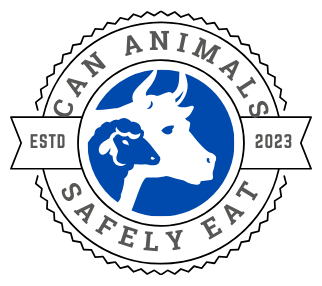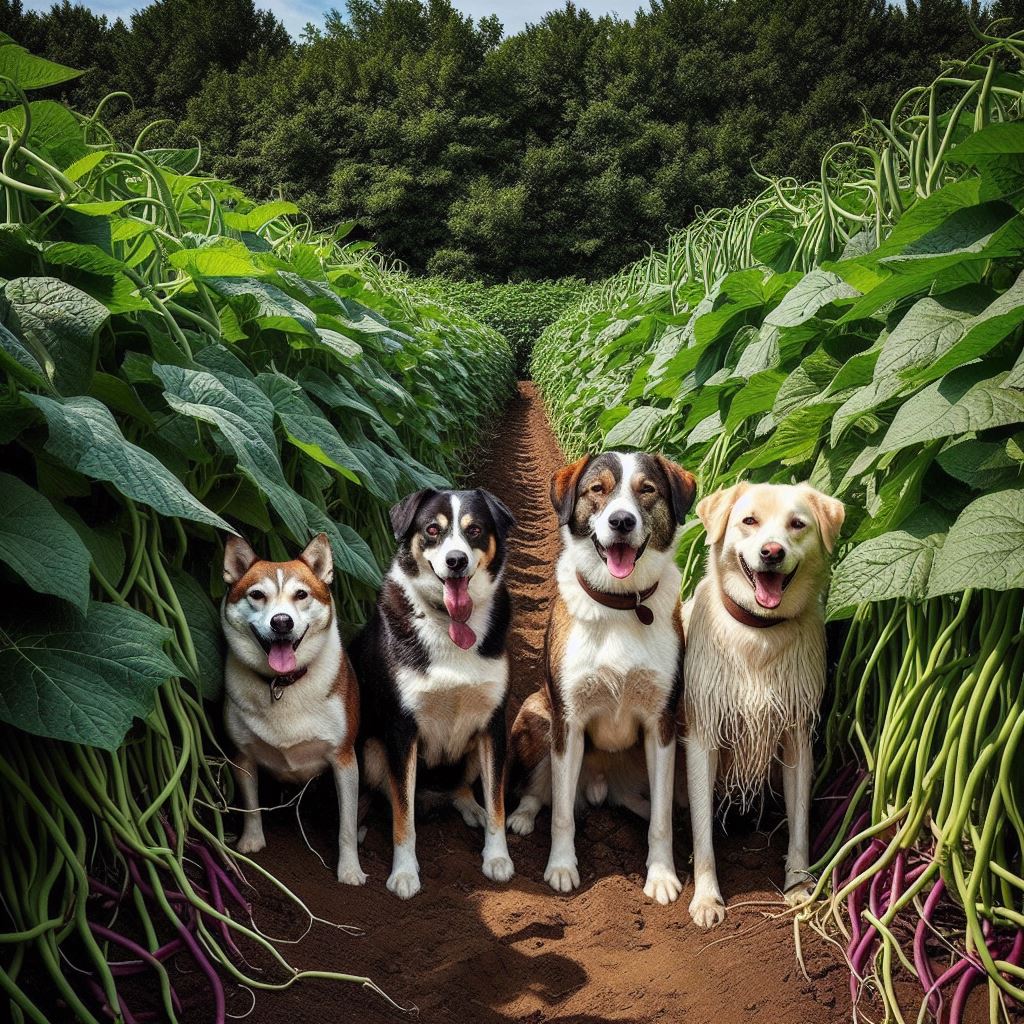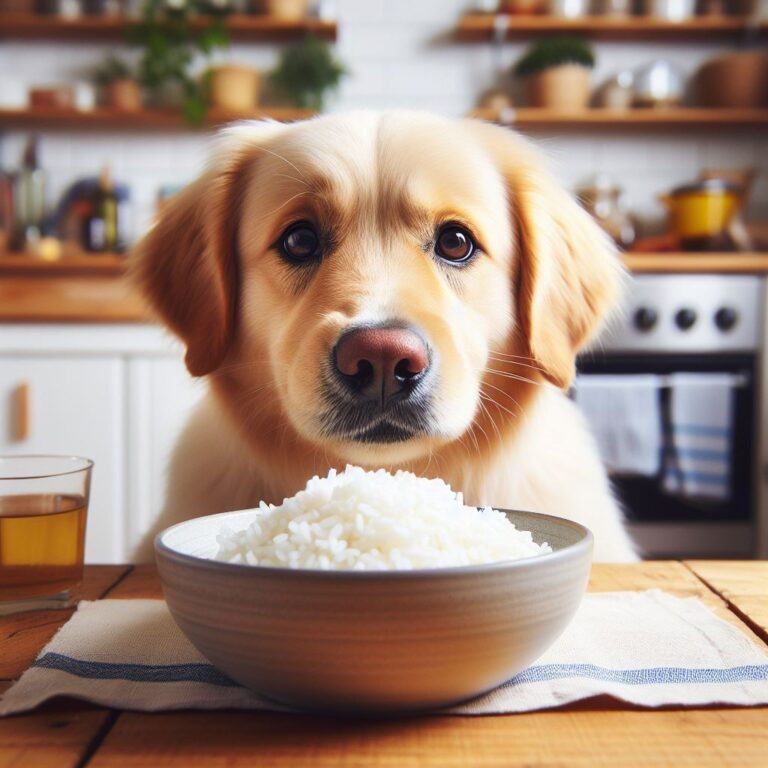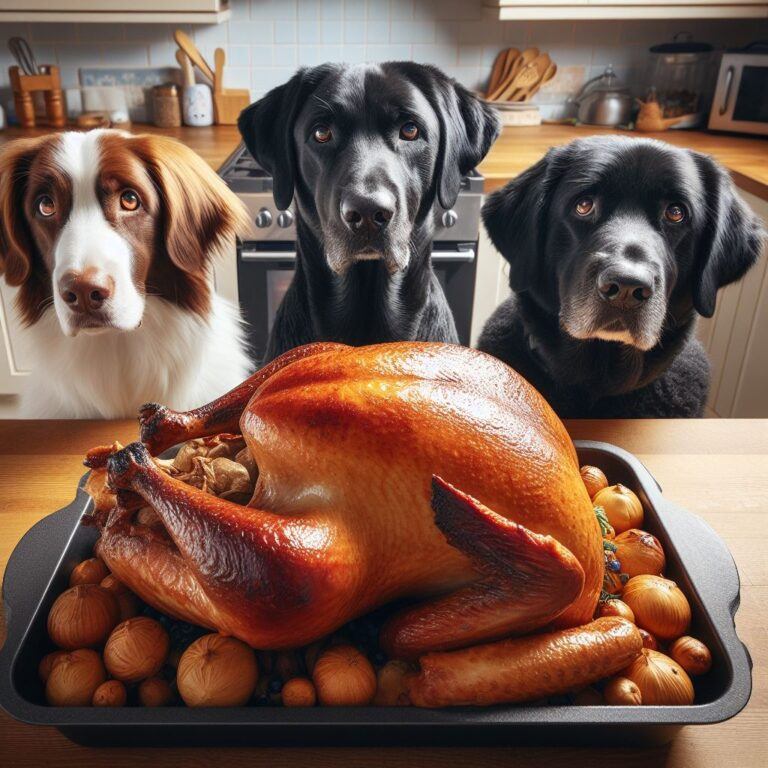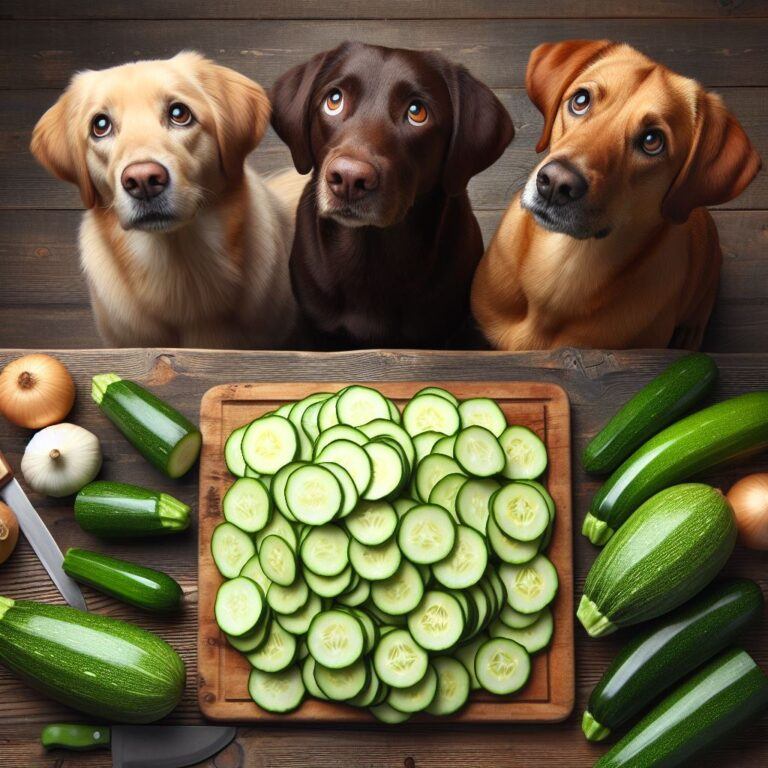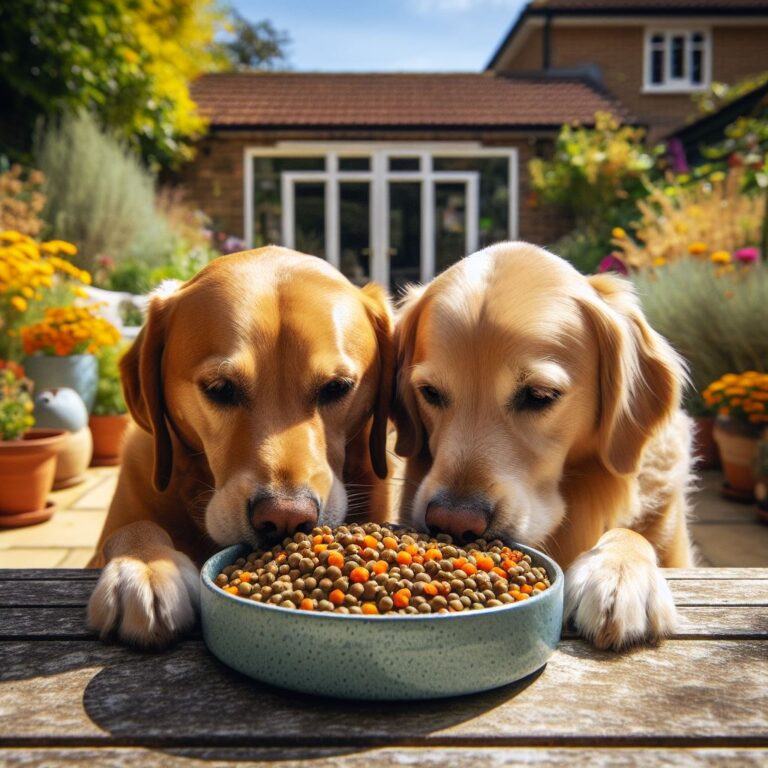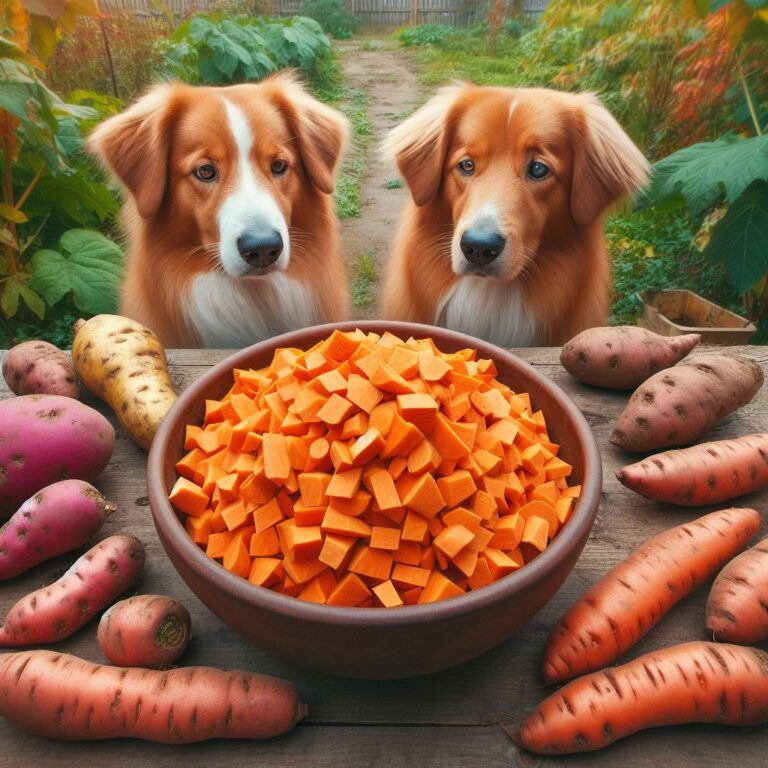Can Dogs Safely Eat Green Beans
Absolutely, dogs can safely indulge in the vibrant, crunchy delight of green beans. Packed with vitamins A, C, and K, green beans contribute to your dog’s immune system, skin health, and blood clotting capabilities. Beyond these vitamins, green beans are a fantastic source of dietary fiber, fostering a healthy gut and regular bowel movements.
Nutritional Benefits and Risks of Green Beans for Dogs
Green beans, those often-overlooked veggies in our kitchens, carry a treasure trove of nutrients beneficial for our canine companions.
However, the magic word here is moderation. While fiber is crucial for digestion, excessive green bean intake can lead to gastrointestinal issues. Dogs need a balanced diet, and green beans should be part of that balance.
Keep a keen eye on the overall calorie content, especially if your dog is on a specific diet or has weight management concerns. Also, be mindful of preparation methods; added salt or seasonings such as onions or garlic (which your pup should never eat) can turn this healthy snack into a less healthy option.
Health Perks of Green Beans
The health benefits of green beans extend beyond being a tasty treat. The low-calorie nature of green beans makes them an ideal choice for dogs with weight concerns.
The natural crunchiness of these beans acts as a gentle abrasive, promoting dental health by reducing plaque and tartar buildup. It’s not just about taste; it’s about fostering a holistic well-being.
Moreover, green beans are rich in antioxidants, which are great at combating harmful free radicals in your dog’s body. Antioxidants play a vital role in potentially preventing cell damage and supporting overall well-being.
Finding the right balance ensures that green beans aren’t just a snack but a valuable addition to your dog’s diet.
Risks and Considerations
While generally considered safe, responsible pet ownership involves awareness of potential risks associated with green beans. Overindulgence can lead to gastrointestinal upset, manifesting as gas or diarrhea.
If considering canned green beans, scrutinize labels for added salt or preservatives that might pose risks to your dog’s health. Opt for fresh or frozen green beans to provide the healthiest option.
Another consideration is the form in which green beans are served. While small amounts of raw green beans are generally safe, cooking or steaming them can make the nutrients more bioavailable and the vegetable easier to digest, a critical factor for dogs with sensitive stomachs.
Always customize your choices based on your dog’s unique needs and preferences.
Best Practices for Introducing Green Beans to Your Dog’s Diet
Practicality is key when introducing green beans into your dog’s diet. Begin with small portions and closely monitor your dog’s reaction. Fresh or frozen green beans, chopped into bite-sized pieces, make for an ideal and healthy treat.
For those exploring different forms, such as canned or cooked, prioritize options with no additives. Rinse canned green beans thoroughly to remove excess salt. It’s essential to remember that green beans should complement, not replace, a balanced dog food diet.
Treat them as an occasional and supplementary delight, ensuring a varied and enjoyable diet for your furry friend.
Before making significant dietary changes, consulting with your veterinarian is essential. Every dog is unique, with individual dietary needs and health considerations.
Your veterinarian can provide personalized advice, ensuring that the introduction of green beans aligns seamlessly with your dog’s overall well-being.
The inclusion of green beans in your dog’s diet can be a flavorful and safe adventure when approached with thoughtfulness and moderation.
By understanding the nutritional benefits, potential risks, and best practices, you empower yourself to make informed decisions for your furry friend’s health. With the right balance, green beans can be more than just a treat; they become a crucial component of a diverse and enjoyable diet for your dog.
